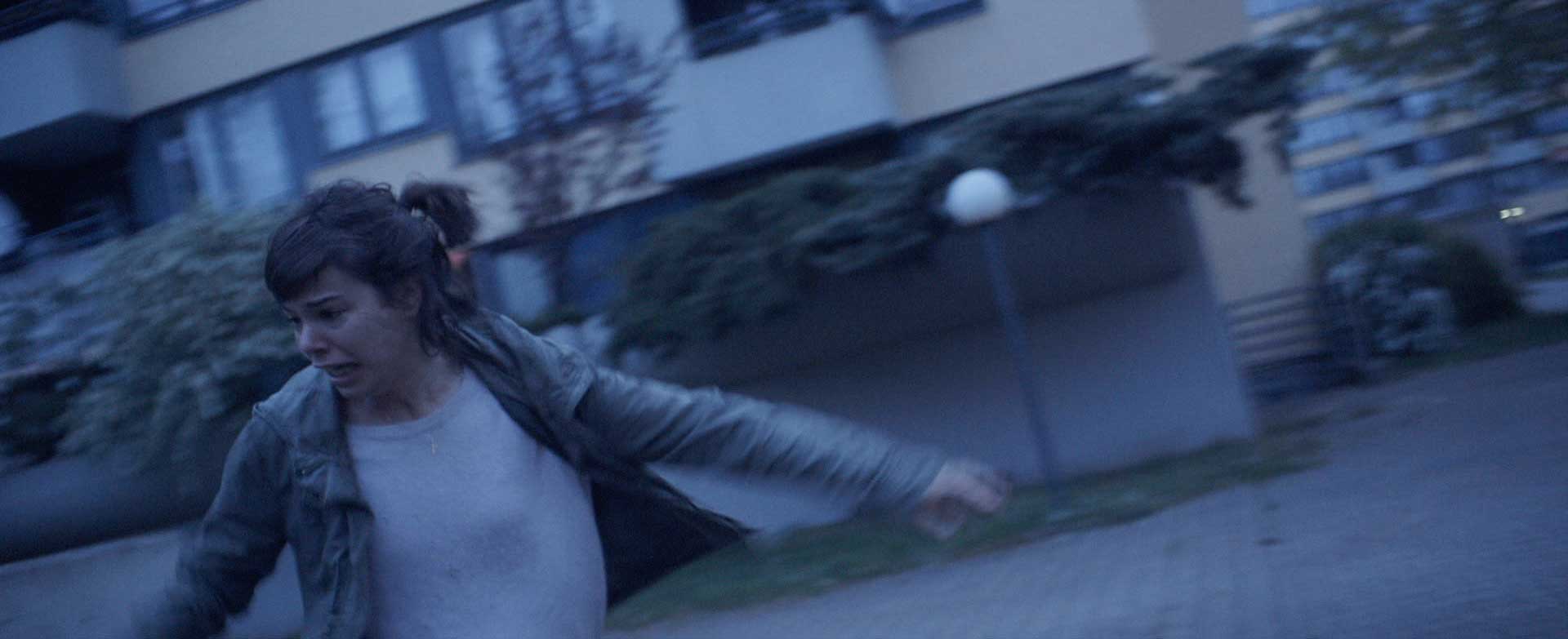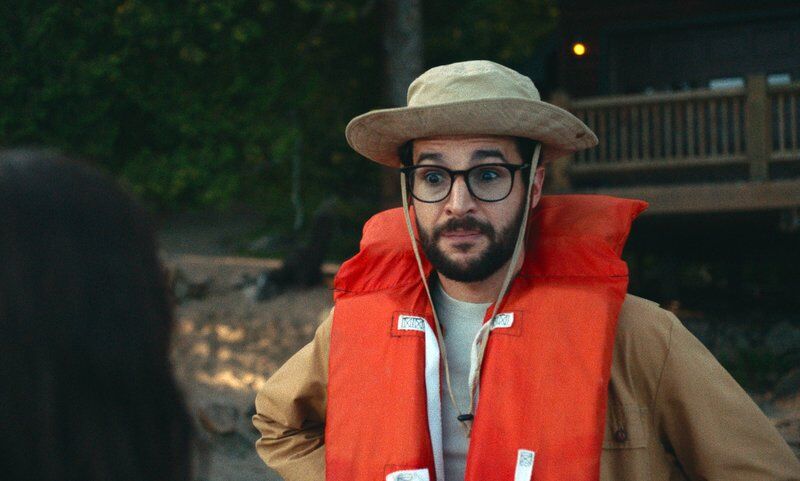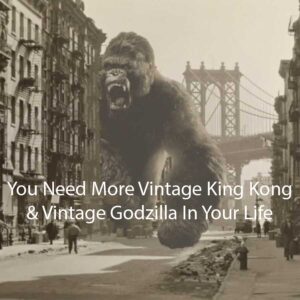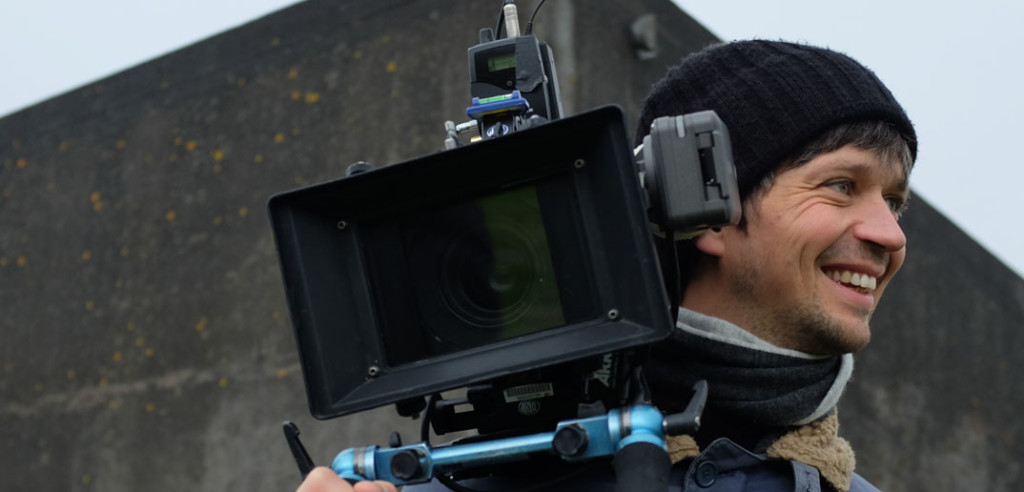
Right now I am so so excited to bring you my latest interview. But to understand why, I’m going to have to back way the heck up and explain a few things to you first. But trust me, this interview is going to be cool, and well worth the opening explanation. Just the other day I was working on a write up/explanation/walkthrough of a new movie called Victoria. And I’d been waiting for it to arrive for a while actually. Regardless, it’s a German film, German produced anyway. And is shot about half in German half in English. Regardless, it’s a great film from start to finish. A heist film that tells the story of Victoria and her random encounter with several Germans and how she gets dragged into a larger and darkening downward spiral.
But the real hook? The real kick that takes a great story and makes it something brilliant? Is that it is shot in one long continuous take. One camera. One camerman. One take. You picking up what I’m putting down here? Which basically means that the camerman (Sturla Brandth Grøvlen) is an actor in this drama. The camerman/cinematographer is editor, actor, director, everything. Well, Sturla clarified this for me… but you get what I mean though. He’s important. So while I was doing my write up I was thinking. Hrm. I wonder who this cameraman guy even is? And then, 10 minutes later, I was chatting with him via email. And voila, we have this interview for you. But there are so many great insights here from Grøvlen about how this movie was made. Things I wouldn’t have even thought of or considered. Such a good conversation with such a great guy. Here let’s just jump in to the conversation I had and I’ll clarify anything along the way…

THinc. – “My first question is just for clarity – I’m not a movie maker, and don’t really understand 100% how movies are made.. In the credits it lists out an Editor, and an Assistant Editor for the movie. In my world… you were the editor… by what you pointed the camera at. What did the editor and assistant editor do on this movie just so I can understand. Maybe they helped you block the shots and determine where you would shoot? Can you tell I’m confused? hahaha. I know that you guys created a version of the film with ‘jump cuts’ to fix problems, is that what the Editing was for?
Sturla – “We split the film into sequences (10-20 min long) and shot for 12 days with a full crew. This was both rehearsing, script/character development and gathering material for a potential edited version of the film in case the one-shot did not succeed. The editor was a very important part of this film, and she is also credited as one of the script writers. She would edit the pieces together and create a blueprint of the film. So you could say that we edited the film before we actually shot it. It was a very interesting process. The editor was very involved in the sound editing of the film as well, after we had shot it. She worked very closely with the director and the sound designer to make sure that the story made sense. She would cut out parts of the dialogue and write new dialoge that we would create in ADR.”
(Sorry for throwing you right into the deep end from a questions standpoint. I was pretty excited to talk to him. Here’s the backstory. In order for Schipper – the Director to get the money to make the film, he had to promise his financiers that he would use the footage from the failed attempts (and also apparently from the practices) to cut together a working edited version that could still be released. It wasn’t exactly clear that it would be possible to film a movie, on city streets, driving, filming chase scenes, shoot outs, including bleedouts and deaths, in on take. But that was only a JUST IN CASE sort of thing. Make sense?)
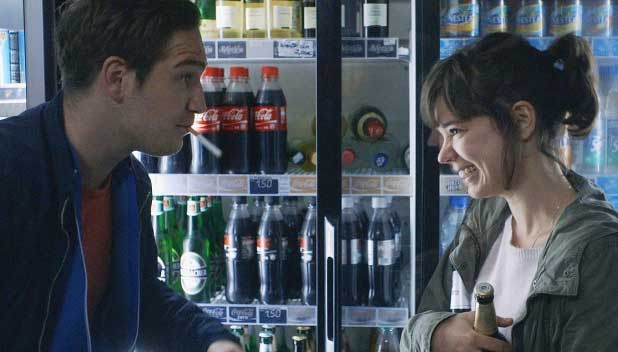
Sturla – “Sebastian did not give much direction to me in that sense. I was encouraged to trust my intuition, and during our rehearsals I learned to read the body language of the characters. I tried to be as much involved in their emotions as possible. I tried to go all in and feel myself, just like an actor. So I would laugh and cry with them (literally).”
THinc. – “That is really something else. Just amazing. Yeah, you were a member of their crew. You went on this adventure with them. Of course you would cry along side them, and feel the emotions of this tighten chaos looping around their necks. With regards to what was going on behind the camera while you were shooting, how many people were following you around and supporting the movie from a lighting and sound and directing standpoint? And how did they get around the city when you drove in the car all three (or was it four?) times?
Sturla – “It was me, Sebastian, the 1st AD, a boom operator and the focus puller that were close to the action. In the car scenes, Sebastian would get in the trunk (when it was possible), and the others would go in another car to the next location. This meant that they would have to leave before me and the actors in order to get there in time, leaving us alone for a little while. I would pull focus myself in those situations, and there were microphones hidden in the car. I did not have anyone from lights with me, because I wanted as few people around as possible, to minimize the risk of anyone being caught on camera that wasn’t supposed to be there.”
(That is the coolest thing ever. Just the logistical nightmare of making this movie happen is really something. And it’s not even being considered at the 88st Oscars? Oh whoops, I’m getting ahead of myself. I’ll get to that in a minute. But seriously, the Director jumped in the trunk!? hahaha. That is fantastic.)
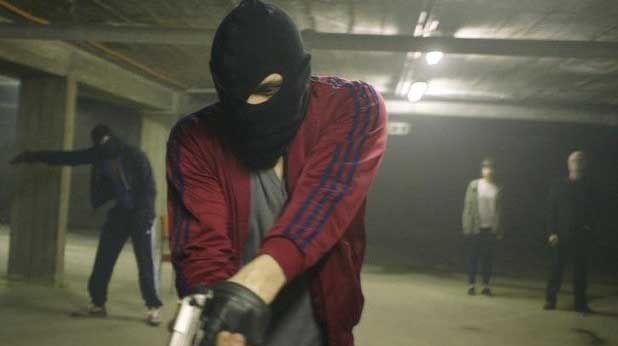
Sturla – “We completed all three takes from beginning to end. The first take, we were all a little scared to fuck it up, so the energy was very low. It didn’t work as a film at all. The second take was better, but there was too much energy. I know that the actors like the second one best. But in the third one, things were balanced. We also did a few changes to the script and it worked much better in general. It was the only shot of the three that worked as a complete film.”
THinc. – “There is one shot that I want to talk to you about in particular. I think it was after the bank heist? Oh no, I think it was going into the Heist. Anyway, I remember that everyone was in the car… and you just sat and stared at Sonne (Fredrick Lau) while there was crying happening in the car, and you just stared and stared at him. I found it really a poignant moment. And I remember thinking, man, deciding what to shoot, and not whipping the audience back and forth and back and forth is critical. So kudos to you, that was a great shot. Do you remember that particular shot?”
Sturla – “I’m not sure if it’s the shot before or after the robbery that you mean. I think I’m staying on Sonne for a while in both. On the way to the robbery, I was trying to capture the tension, especially between Sonne and Boxer. Sonne was very much against going through with it, so it felt natural to stay with him and his thoughts for parts of that drive. The get-away, there was a moment where Laia Costa took a wrong turn and drove right towards the area where we had our base, craft service and so on. So the whole SWAT team was there, drinking coffee, waiting for their scene. I could see this and pointed the camera towards Sonne who was laying on the floor. There’s a lot of chaos in that scene, and in a way it was a huge mistake, but in the end it just adds to the drama.”
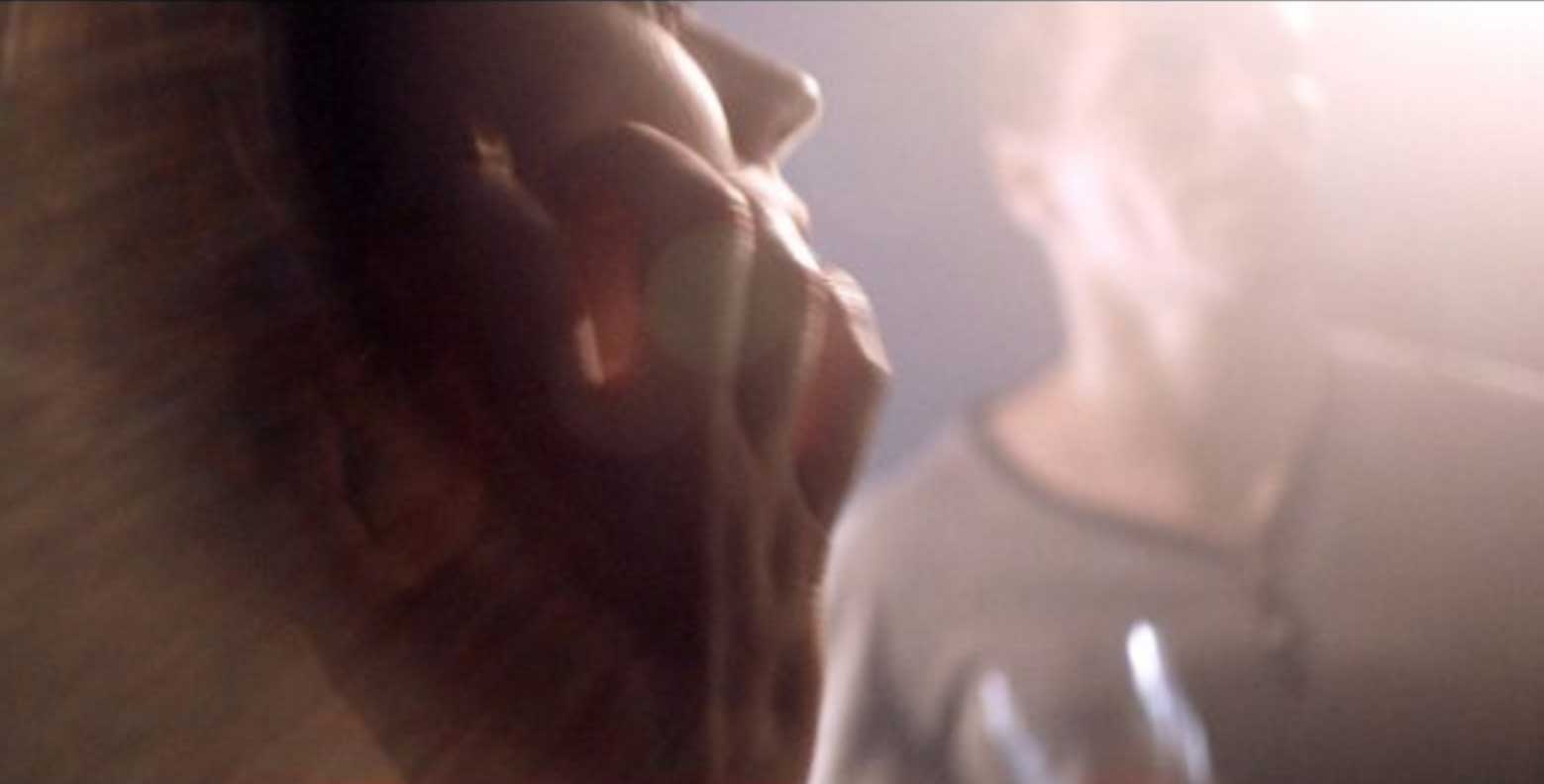
(After this interview I found an interview with Collider between Laia Costa/Victoria and Schipper, the Director, and it really adds another level of intrigue to this ‘wrong turn’ happy accident. If you want to read more of that interview you can see it out on Collider.)
COSTA: When we ran away from the robbery, it was a crazy moment. I was listening [to Schipper who was in the trunk of the car giving direction], “Left! Right! Faster! Slower!” I really don’t remember if I took the right or the wrong way because it was really stressful. It was stressful, but it was fun. We were running away, so it worked.
SCHIPPER: It was really my mistake. A lot of this thing was in the flow. My way of editing was to alter things from the last take. We shot this film three times. The first take was very controlled and good for the Guinness Book of Records, but it wasn’t a film for me. The second take was very much out of control for me. So, before we shot the third take, there was a lot for me to talk about. We had these meetings when I was telling everybody [what to do]. I had a list. I had notes. I gave everybody notes. But sometimes, we would get to the point where I knew I couldn’t tell them anymore. I knew one thing, the end when they go from the bank to the club is way too long, but I forgot to tell them. Or, I did tell them, but the morning we got together, Laia came to me and said, “By the way, you said we take a shortcut from the bank to the club. Which way do we have to go?” and I said, “Oh, no. We’ve got to start shooting pretty soon. I can’t tell you now. You know what? I’m going to be in the back of the car, so I’m just going to give you directions from the back of the car because we’re going to work on the sound anyway.” There are some moments in the film where I’m talking [which were later removed in post production].
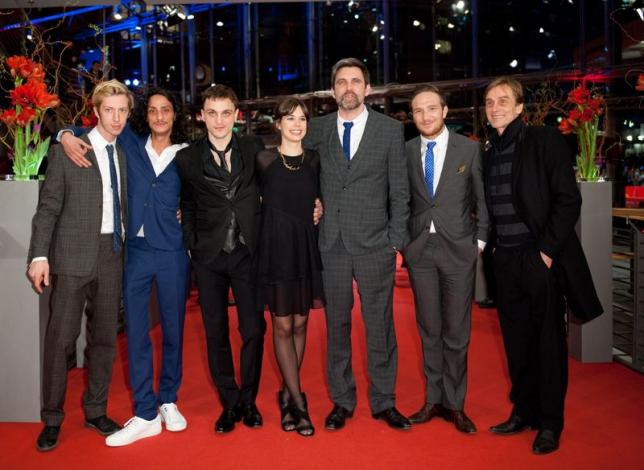
Sturla – “It has been a great door opener for me. I never expected Victoria to have the success that it has. Not because I didn’t belive in the film, but because it was such an experiment and I was just happy that we succeeded. Anything on top of that was just a bonus, and it was just incredible that it was received so well around the world. I will always be thankful to Sebastian for trusting me with the challenge of shooting this film. It has defined me as a cinematographer and given me many opportunities to work on other interesting projects.”
THinc. – “Well, you and the crew that pulled together this movie definitely deserve a lot of credit. The actors too. All of you went through a meat grinder to make this movie happen. So kudos to you all! I have like 20 more questions… but I’ll stop there and take it easy on you! Thanks so much for agreeing to answer a few questions!!! This is awesome.”
Sturla – “Thank you! :)”

